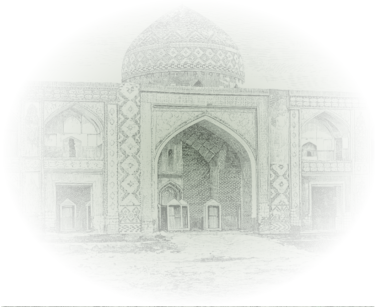Amaghu is a village in the Sharur-Daralayaz uezd of the former Iravan governorate, later in the former Keshishkend (Yeghegnadzor) district, and currently in the Vayots Dzor province. The provincial centre lies 12 km to the southwest of the town of Keshishkend, by the Amaghu River, which is the left tributary of the Arpachay, at a height of 1,660 m above sea level. It has been mentioned since the 10th century. There are some historical monuments going back to 10th-11th centuries in the territory of the village. In the 14th-15th centuries the village was re-built after it had been turned into ruins by the Mongols. There are two temples by the village, one of which was built in 1221. It is marked in “The Iravan Province Review Book”, on the five-verst map of the Caucasus.
The village was solely inhabited by Azerbaijanis: 31 in 1831, 198 in 1873, 240 in 1886, 354 in 1897, 350 in 1904, 385 in 1914, 510 in 1916 and 135 Azerbaijanis in 1919. In 1918 the Azerbaijanis living there were deported having been exposed to Armenian aggression. The surviving Azerbaijanis managed to return to their ancestral village only following the establishment of Soviet power in the present- day Armenian territory. The village was solely inhabited by Azerbaijanis: 97 in 1922, 104 in 1926, 131 in 1931, 385 in 1959, 526 in 1970 and 491 Azerbaijanis in 1979. In November 1988 the inhabitants of the village were deported from their historical- ethnic land by the state of Armenia. At present, only Armenians live in the village.
The toponym is either a variant of the toponym “Amagu”, or “Aghuan – aghuam (Aghvan)”, or was coined by adding the word “am” to the beginning of the toponym “Agu” to diffierentiate it from the name of the Aghu village. The second part of the toponym is associated with the word “agu”. “Agu (aghu)” means “generous, charitable” in Old Turkic. The Tatar scholar G.F. Sattarov points out the use of the word “agu” in Old Turkic as a general word denoting “benevolent, noble, greathearted”. Given the above-stated, it is possible to suppose that the toponym “Amaghu” denotes “the land of nobles, benevolent, greathearted people”.
According to the law “On the administrative-territorial division of the Republic of Armenia” dated 7 November 1995, it was integrated into the administrative area of the Vayots Dzor province.
Geographic coordinates: latitude: 39°40’N., longitude: 45°12’ E.
